The Conservation Landscape Initiatives (CLI) were established by the Department of Conservation and Natural Resources (DCNR) as an integrated approach to strategically investing the agency’s time and funding to protect, conserve, and enhance some of the state’s most important landscapes. Instead of working exclusively within the state park and forest boundaries or supporting a municipal park or trail, DCNR has developed partnerships with a variety of counties, communities, and nonprofit organizations as a way to effectively foster local conservation efforts in the seven multi-county CLI regions.
The 2012-2017 Statewide Historic Preservation Plan highlights the need to “broaden the definition of preservation to encompass open space, cultural and historic resources, working lands, environmental quality, viewshed aesthetics, and community character protection.” So the CLI Program provides the BHP with a golden opportunity to get involved with local communities and work with them to preserve their historic character within the context of the surrounding natural and agricultural landscapes. Here are a few projects in the CLI regions that the staff has been involved with in recent years:
Laurel Highlands – In 2008 the PHMC used federal Preserve America funding to offer grants to designated communities for developing historic preservation plans. In the Laurel Highlands the PHMC awarded a grant to the Progress Fund for overseeing a planning process for six “Trail Towns” along the Great Allegheny Passage, a highly successful rail trail connecting Washington, D.C. and Pittsburgh. This plan recommends consistent strategies to preserve the character of this historic corridor, an excellent illustration of how the goals of preservation, landscape conservation, outdoor recreation, and commercial revitalization can align to improve the quality of life in rural communities.
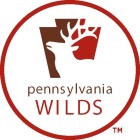 PA Wilds – Last month Bill Callahan wrote about the PA Wilds Design Assistance Initiative, another example of the impact that preservation and heritage development can have in the CLI regions. This program connected local property owners and communities with design professionals to preserve and enhance historic buildings, public spaces, and downtown streetscapes in the PA Wilds.
PA Wilds – Last month Bill Callahan wrote about the PA Wilds Design Assistance Initiative, another example of the impact that preservation and heritage development can have in the CLI regions. This program connected local property owners and communities with design professionals to preserve and enhance historic buildings, public spaces, and downtown streetscapes in the PA Wilds.
South Mountain – For several years, the BHP staff has worked closely with the South Mountain Partnership to help them identify opportunities for telling the region’s stories and preserving its historic places. The Partnership’s DCNR-funded Mini-Grant Program proved to be a key incentive for the CLI’s early successes. At Pine Grove Furnace State Park, the most visible Mini-Grant projects include adapting a historic mill building as the permanent location for the Appalachian Trail Museum’s exhibits and collections and renovating the 1829 Ironmaster’s Mansion for use by the Central Pennsylvania Conservancy as a hostel, education center, and meeting space. The Cumberland County Historical Society has received two Mini-Grants in recent years: One of them calls attention to a historic CCC and POW camp in Michaux State Forest with a PHMC Historical Marker and a self-guided walking tour map of the site. The other funded a major exhibition on the history of Pine Grove Furnace, including an outdoor event and portable displays at the Ironmaster’s Mansion.
Perhaps South Mountain’s most ambitious preservation goal is to develop a Cultural Heritage Landscape Plan for the region. Over a dozen different organizations and visitors bureaus helped draft the scope of work for the project, which aims to document South Mountain’s major themes, identify the places that reflect those themes, and develop an implementation plan to tell those stories and to outline strategies for preserving and promoting these important landscapes.
Many of the CLI partnerships work closely with one or more state heritage areas to help them interpret their region’s history and assist local historic sites and museums. This is especially true in the PA Wilds, which nearly matches the boundaries of the Lumber Heritage Region. Likewise, the Susquehanna Gateway Heritage Area has been a key partner in organizing the Susquehanna Riverlands CLI. The National Road and Lincoln Highway Heritage Corridors both work closely with Laurel Highlands, and the Delaware and Lehigh National Heritage Corridor serves as the local lead for Lehigh Valley Greenways.
To learn more about the BHP staff’s work with the CLIs, please contact the Community Preservation Coordinator who covers that region.
Comment Policy
PHMC welcomes and encourages topic-related comments on this blog. PHMC reserves the right to remove comments that in PHMC’s discretion do not follow participation guidelines.
Commenters and Comments shall be related to the blog post topic and respectful of others who use this site.
Commenters and Comments shall not: use language that is offensive, inflammatory or provocative (this includes, but is not limited to, using profanity, obscene, or vulgar comments); disparage other commenters or people; condone illegal activity; identify the location of known or suspected archeological sites; post personal information in comments such as addresses, phone numbers, e-mail addresses or other contact details, which may relate to you or other individuals; impersonate or falsely claim to represent a person or an organization; make any commercial endorsement or promotion of any product, service or publication.
If you would like to comment on other topics not related to this blog post but related to PHMC, please fill out the PHMC Contact Us Form.

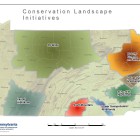
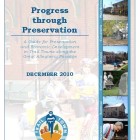
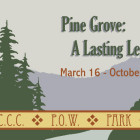
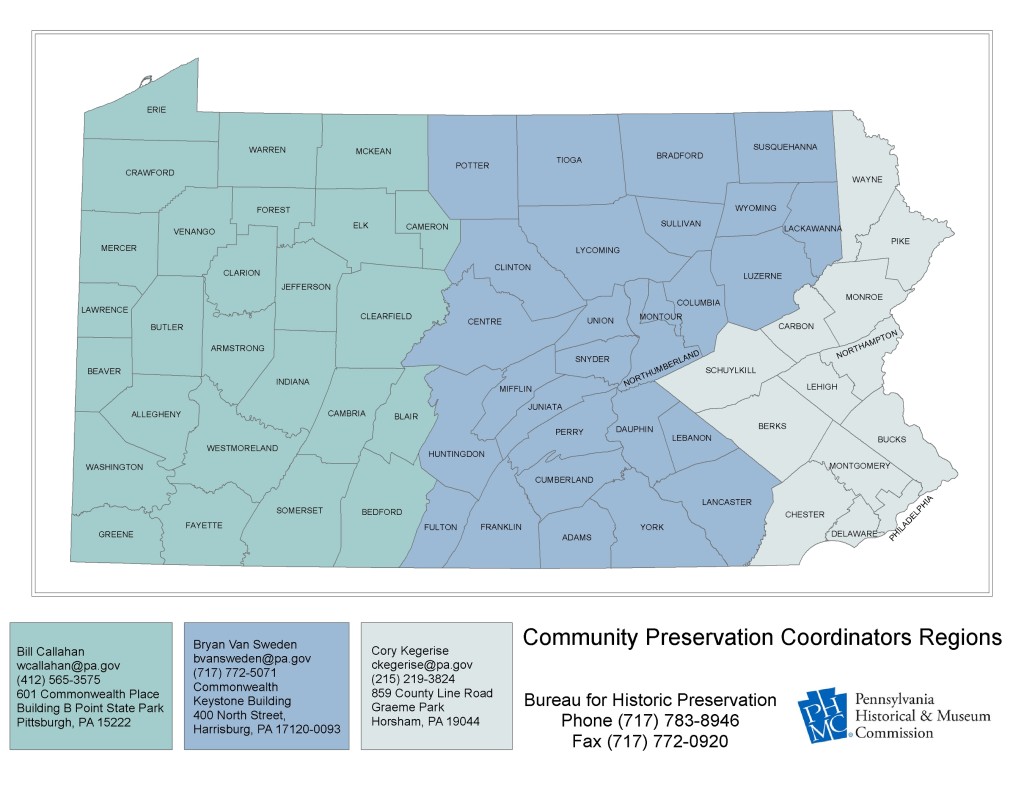
Leave a Reply